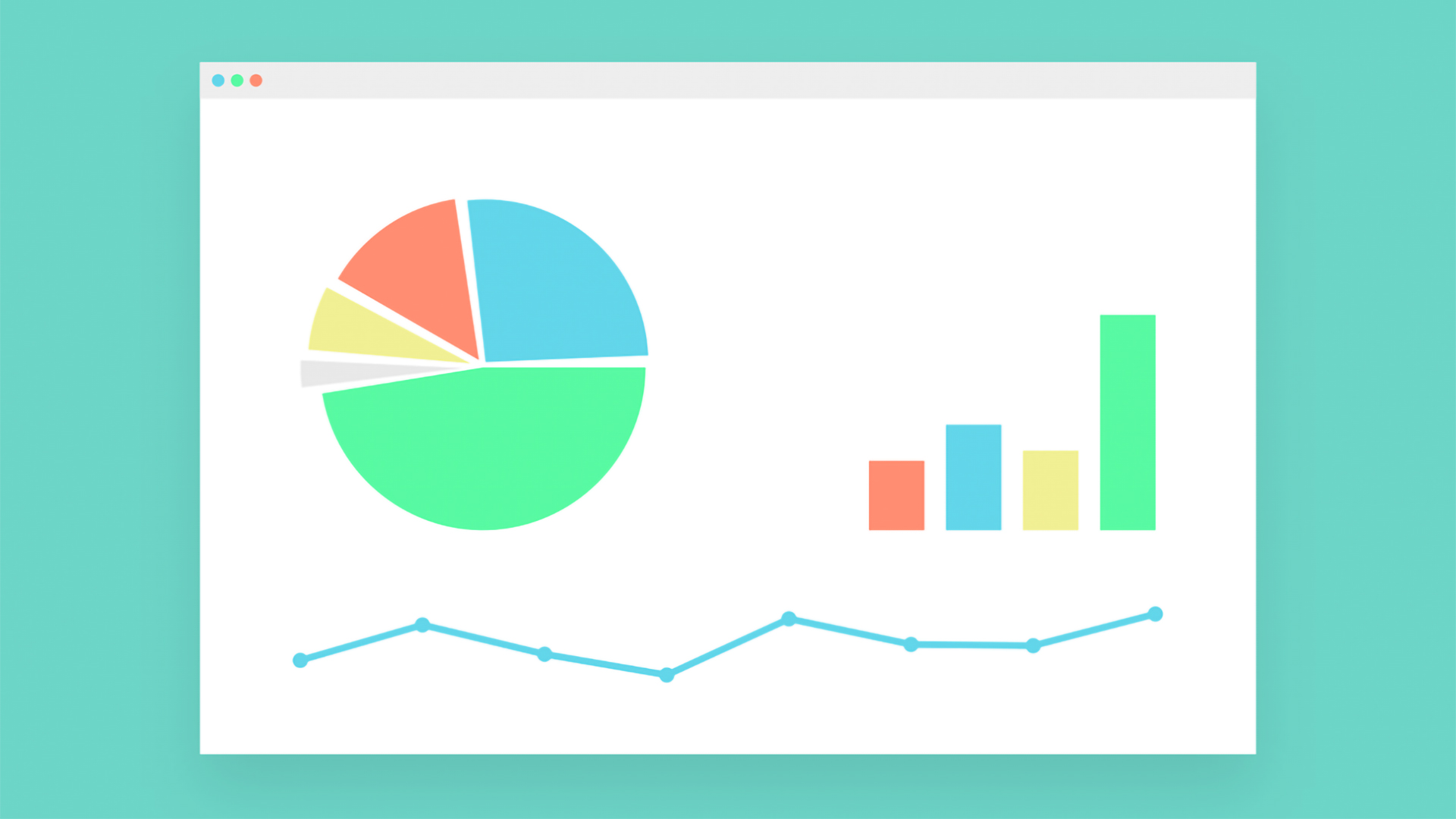Analytics & Insight, Customer management
How Data Can Solve Your Churn Problems
- By Boris Guennewig
- No Comments
18 Jan

Churn – or customer attrition – is an unfortunate reality for all businesses, no matter what they do.
While it can be difficult to accept, by starting to understand why customers choose to end their relationship with the business, the company can start to make improvements to nullify existing churn problems.
There is also a strong financial incentive to address churn problems. According to Forrester it can cost five times more to win a new customer than it does to retain. Research by Bain, meanwhile, shows that just by increasing retention rates by five percent, profits can increase anywhere between 25 and 95 percent.
There are a number of ‘natural causes’ for churn. Customers move on, are drawn to new products or simply no longer have the need to to use a certain product or service.
However, there are also a number of ways to fight customer churn. Namely, by identifying the customers that are most likely to churn before it happens, businesses stand the best chance of reducing overall churn rates.
The most important first step towards reducing churn is gathering relevant data to better understand your customer.
Kayo Sports’s chief audience, commerce and data officer Adam King explained how using data to get a better picture of how customers use the service has helped the business.
“There’s a quest for understanding what customers are doing,” he said.
“The view of customers who repeat, customers who are one-off, customers who watch certain sports then re engage – it’s all there at the fingertips of the business.
“We talk about cohorts of customers we’ve acquired, we’re trying to actively maintain, get customers to cancel their cancel and win back. We can do that more effectively.”
Churn prediction
One of the most effective ways to reduce customer churn is to build a predictive model that identifies which customers are showing an intention to leave. These models can vary in how they are built and operate but essentially follow the same basic principle – take a sample of customers that have churned and use data to work out the common factors and attributes they share so that customers with similar attributes can be identified more easily.
Depending on the data available to the business, predictive models will combine historical churn data (whether that be weekly, monthly or annually) with other data available, such as demographic information, purchase history and contact information.
There are a number of different ways in which such models can work. In China, the improved balanced random forests (IBRF) learning method has been shown as a way to predict churn by altering the class distribution and putting higher penalties on misclassification of the minority class. The logit leaf model, meanwhile, identifies customer segments before making predictions on what customers are likely to churn.
Another way to predict churn using data is combining this first party data with third party data. The wider selection of data input provides a far greater understanding as to why customers are leaving. At smrtr, we help our partners solve their churn problems using our vast amounts of data. We combine rich first party data with the anonymised data of millions of Australians to build predictive churn models that pinpoint exactly what customers are at risk of leaving.
We also monitor model performance, and optimise it via machine learning or more traditional techniques. Any additional data sets we acquire are also tested to see if they provide improved predictability. This gives our partners the best chance possible of winning back these customers before they churn and ensuring data is clean for further use.
By Boris Guennewig, Co Founder & CTO at smrtr



